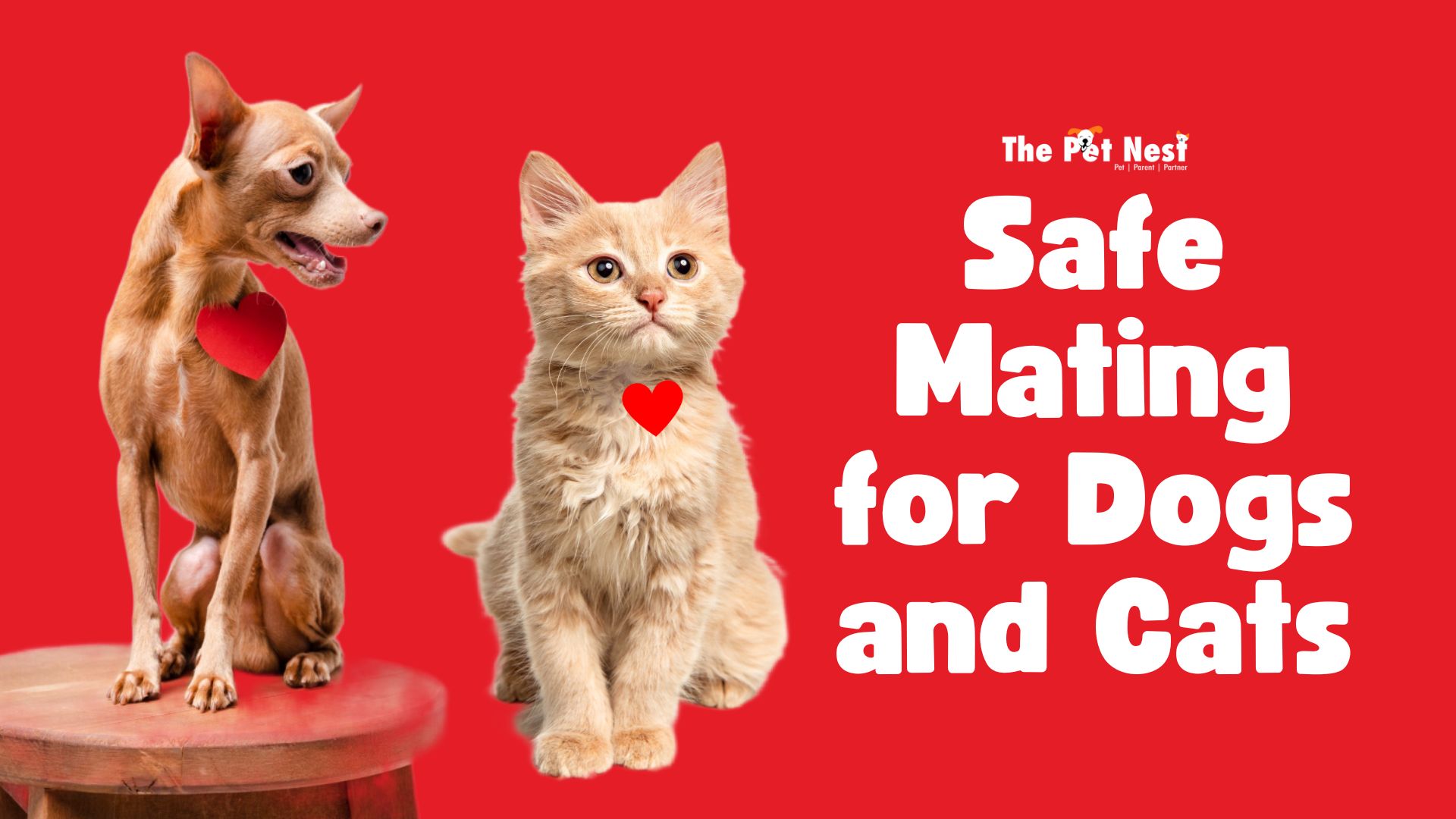Safe Mating for Dogs and Cats - A Guide for Pet Owners
Safe Mating for Dogs and Cats: A Guide for Pet Owners
Ensuring the safety and health of our pets is paramount, especially when it comes to mating. Whether you're a breeder or a pet owner considering breeding your dog or cat, understanding the necessary precautions and best practices is crucial. This guide will walk you through the essential steps to ensure a safe mating process for both dogs and cats.
Preparing for Mating
1. Health Checkups:
- Dogs: Before mating, both the male and female dogs should undergo thorough veterinary checkups. Ensure they are free from hereditary diseases, infections, and parasites. Vaccinations should be up-to-date.
- Cats: Similar to dogs, cats need to be in optimal health. Regular vet visits to screen for illnesses and vaccinations are crucial. Genetic testing is also recommended to avoid passing on hereditary conditions.
2. Age and Maturity:
- Dogs: The ideal age for breeding varies by breed but generally, females should be at least 2 years old and have had a few heat cycles. Males should be at least 1 year old.
- Cats: Female cats (queens) are typically ready for breeding around 18 months to 2 years old, after experiencing several estrus cycles. Male cats (toms) can mate from about 18 months of age.
3. Temperament and Compatibility:
- Assess the temperament of both animals. They should be calm and not overly aggressive. Arrange for the potential mates to meet in a neutral and controlled environment to gauge their compatibility.
The Mating Process
1. Understanding Heat Cycles:
- Dogs: Female dogs have a heat cycle (estrus) that lasts about 3 weeks, occurring every 6-8 months. The most fertile period is around the 10th to 14th day of the cycle.
- Cats: Female cats are seasonally polyestrous, meaning they have multiple heat cycles during certain seasons. Each cycle lasts about 7-10 days. The fertile period is typically in the middle of this cycle.
2. Supervised Mating:
- Always supervise the mating process. This ensures that any aggressive behavior can be quickly managed and that the mating is successful.
- Provide a quiet, comfortable space for the animals. Stress can hinder the process, so maintaining a calm environment is key.
3. Post-Mating Care:
- Monitor the female closely for signs of pregnancy. If in doubt, a vet can confirm pregnancy through palpation or ultrasound.
- Continue providing a nutritious diet and plenty of water. Pregnant animals require additional care and attention to ensure their health and the health of their offspring.
Ethical Considerations
1. Responsible Breeding:
- Only breed animals that meet breed standards and have good health. Avoid breeding animals with known genetic issues.
- Consider the demand for puppies or kittens. Overpopulation is a significant issue, and responsible breeding helps mitigate this problem.
2. Adoption and Spaying/Neutering:
- If you are not planning to breed your pets, consider spaying or neutering them. This helps control the pet population and can prevent certain health issues.
Breeding dogs and cats require careful planning, knowledge, and responsibility. Ensuring the health and well-being of both the parents and their offspring should always be the top priority. By following these guidelines, you can help create a safe and positive mating experience for your pets.
Disclaimer: This blog provides general guidelines and should not replace professional veterinary advice. Always consult with a veterinarian for specific concerns regarding your pets.
Check out the profiles of Pets for mating




Comments
New Comment